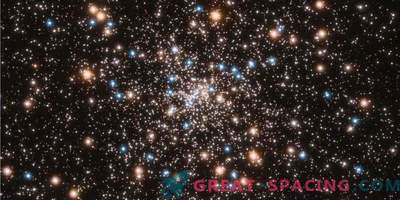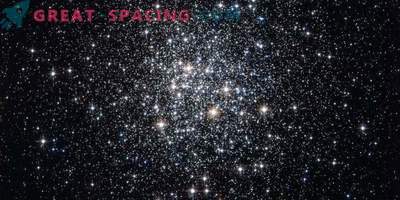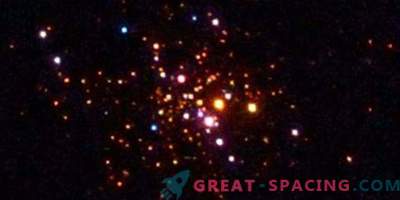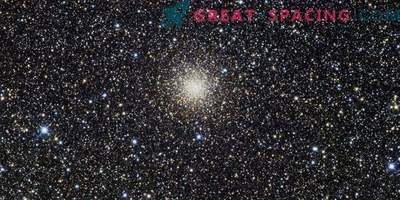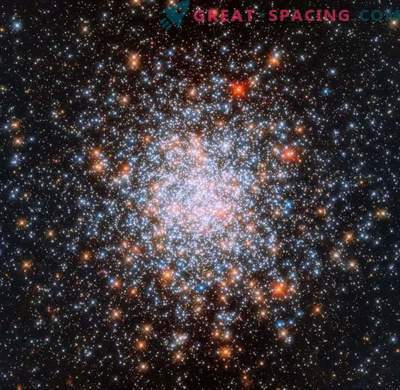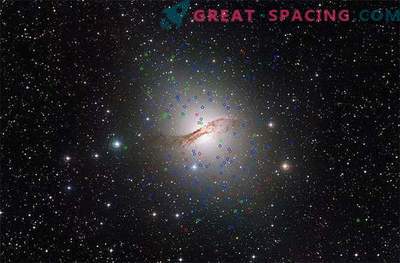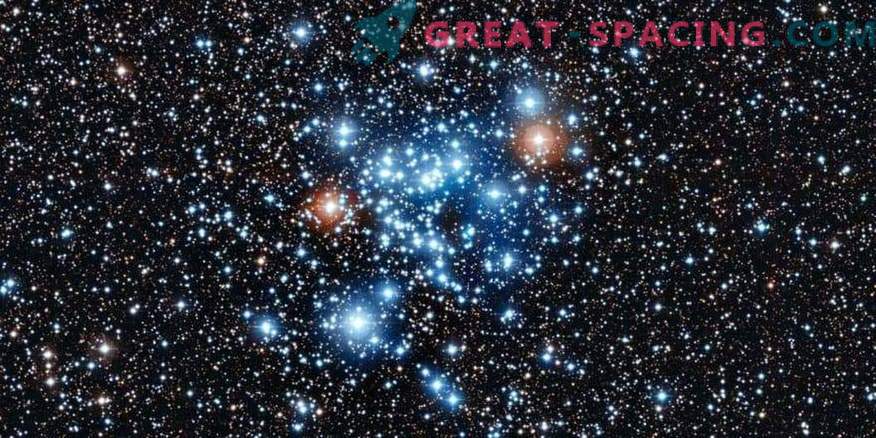
A team of astronomers from Chile managed to find 9 new variable stars in the NGC 6652 globular cluster and its background flux. Six of them were classified as eclipsing doubles, one - a variable of type SX Phoenix, and the other two so far exist without a class.
Variable stars are important because they offer clues for understanding stellar structure and evolution. They are also useful for better understanding of distances in the Universe. Of particular interest are the variables in globular clusters, as they can help identify systematic errors affecting the stellar distance indices. Although stellar variability in globular clusters of the Milky Way is considered one of the oldest directions in astronomy, there are still many clusters where a complete census of variable stars is not complete.
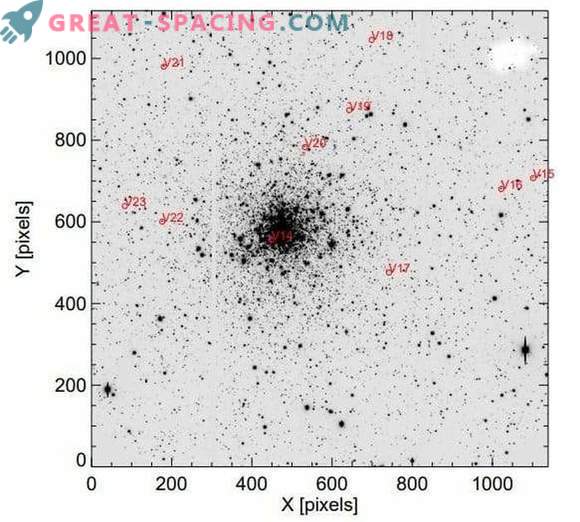
Search diagram for detected variables in the NGC 6652 field based on GMOS image. V14 position also indicated
NGC 6652 is considered one of these - a globular cluster that is farther away from the center of the Milky Way at 32,200 light years from Earth and at 8,800 light years from the center. Lives in front of a spheroidal dwarf galaxy in Sagittarius. This is an old (11.7 billion years) and globular cluster rich in metals associated with the galactic inner halo or the outer parts of the bulge. Scientists searched for variable stars in NGC 6652 and the Sagittarius background flux. They had to analyze the archived information from the GMOS spectrograph to the Gemini telescope, thanks to which they discovered 9 new variable stars. Finds received names from V15 to V23. V17 is a variable star of the SX Phoenix type, and V15 to V23 are still without a clear class.
Of greatest interest is V17 - a pulsating blue star, a member of the Sagittarius stream with a period of 0.039 days. Typically, the SX Phoenix variables are endowed with spectral types between A2 and F5, differing in magnitude to 0.7, and the pulsation periods vary from 0.03 to 0.08 days. All known variables of this type in globular clusters are considered blue.
V16 is an eclipsing double object with a long period, V18 is an eclipsing beta-Lyra type double star, V19 is the variable W of the Big Dipper, as is V20. But V22 can be a star of a branch of red giants. V22 - Algol type variable.
